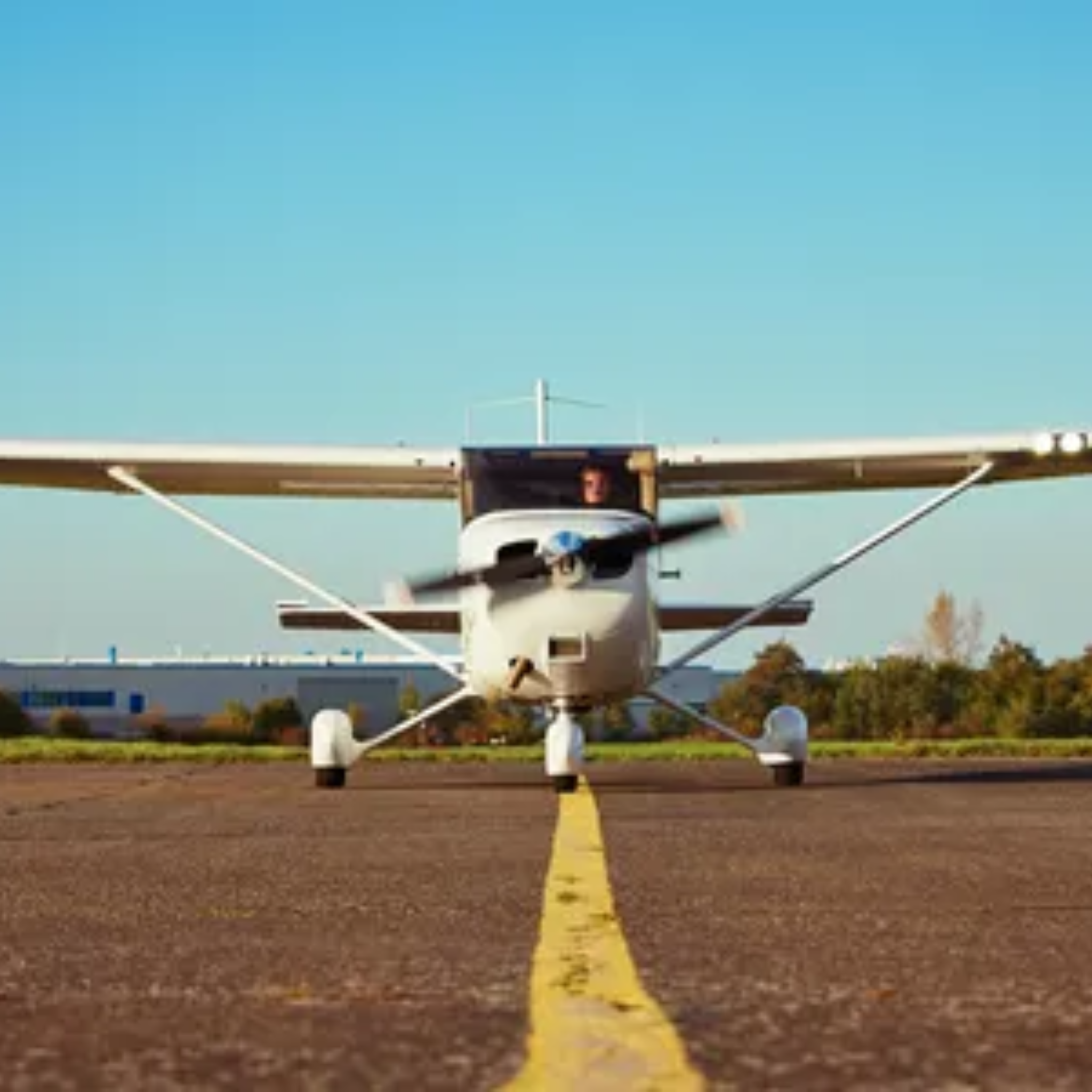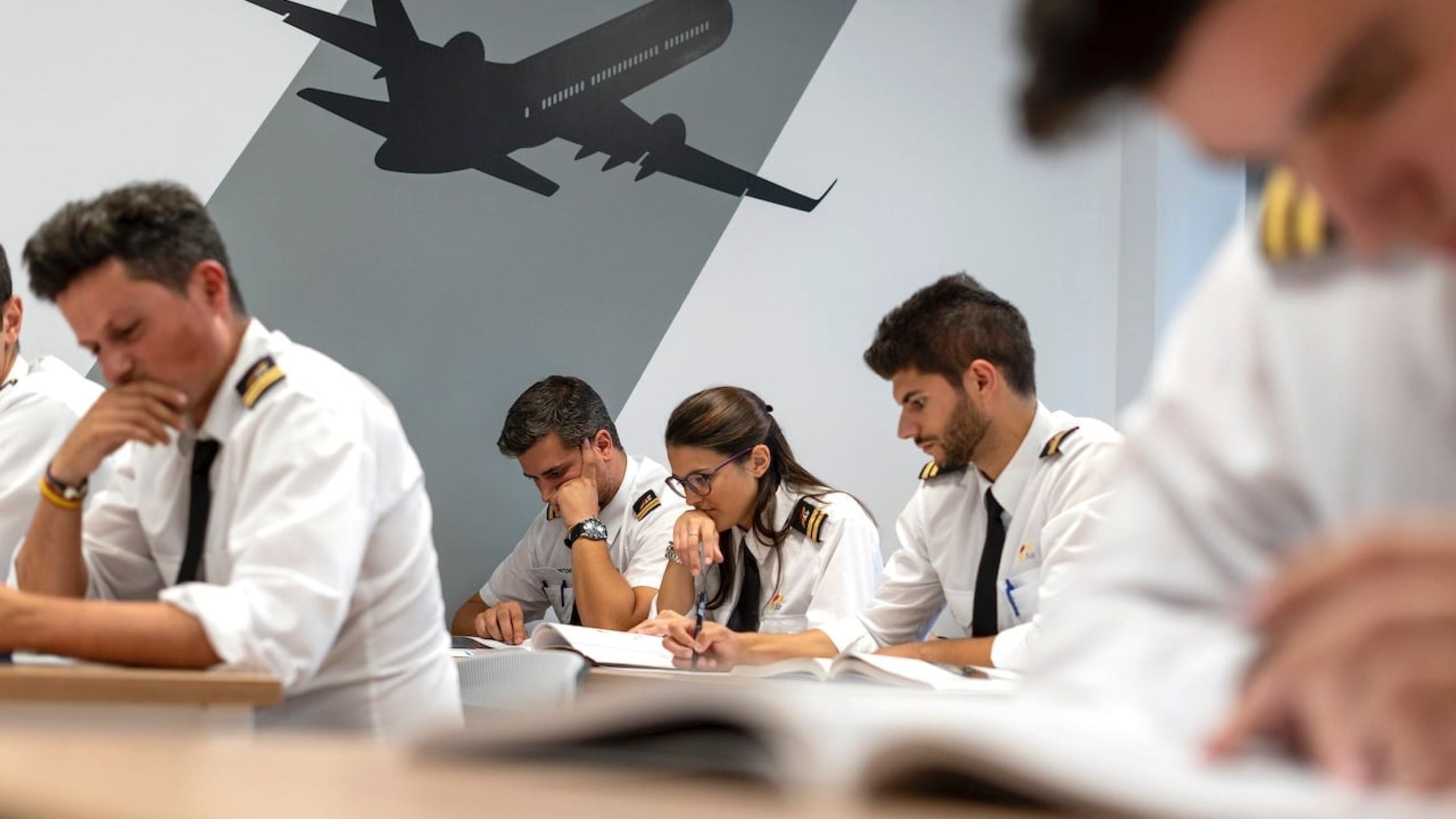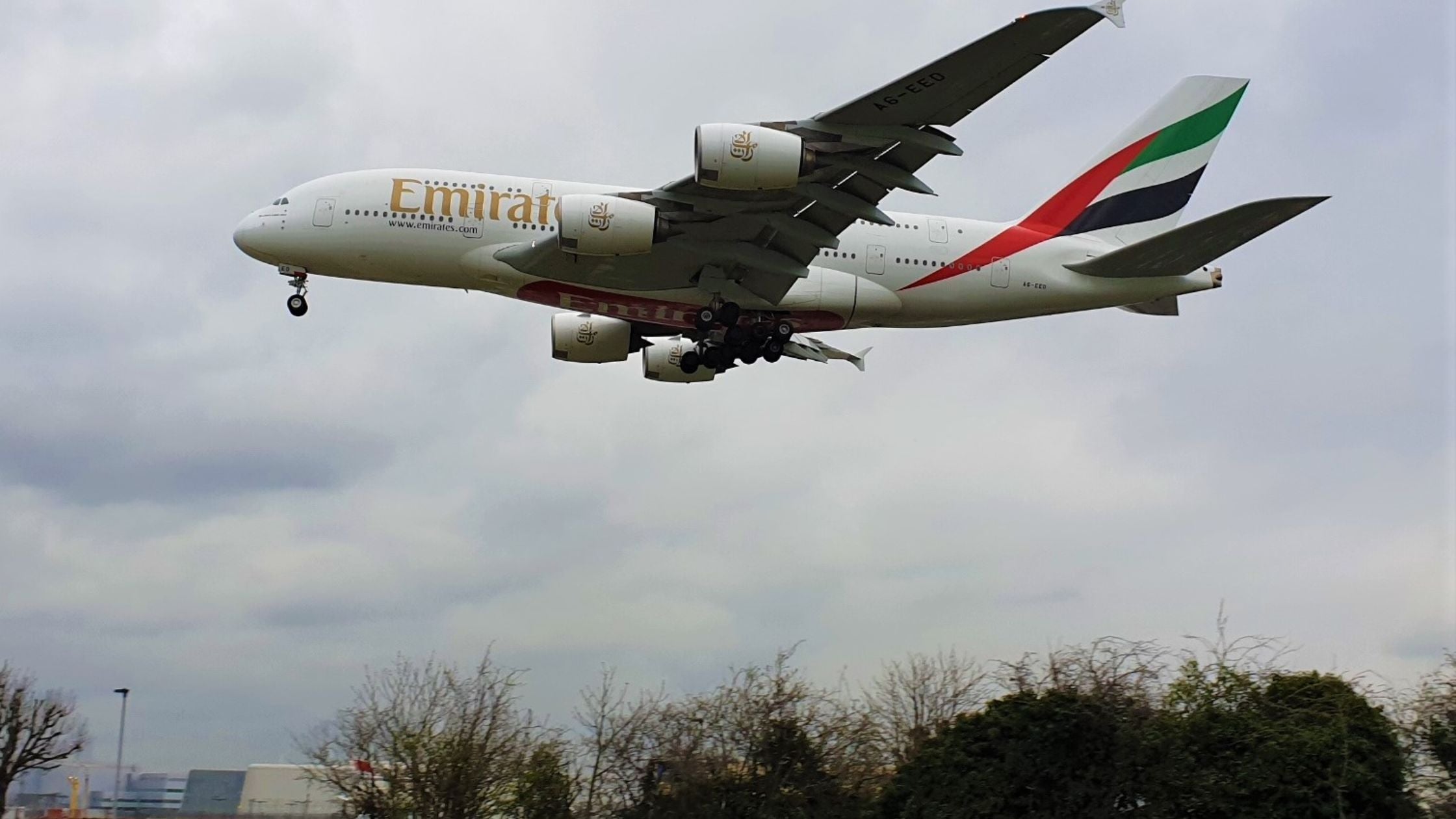
How Has General Aviation in the UK has changed since COVID
The UK’s general aviation (GA) sector is a crucial yet often overlooked part of the country’s aviation landscape. It encompasses everything from private pilot training and recreational flying to business aviation, air shows, and aerial surveying. Like many industries, GA was significantly affected by the COVID-19 pandemic, and its recovery has been shaped by a combination of economic, regulatory, and technological factors.
In this article, we’ll explore the trends in UK general aviation before the pandemic, the impact of COVID-19, and how the industry is rebounding and evolving in the post-pandemic era.
General Aviation in the UK Before COVID-19
Before the pandemic, general aviation in the UK was experiencing steady growth, driven by several key factors:
1. Strong Pilot Training Demand
The UK has long been a global hub for pilot training, with renowned flight schools and academies. The demand for commercial pilots was on the rise, fuelled by airline expansion and the looming pilot shortage projected by major carriers. General aviation played a vital role in early-stage training, with thousands of student pilots using light aircraft to gain their first flight hours.
2. Growth in Recreational Flying
Recreational flying was on an upward trend, with increasing interest from hobbyist pilots and aviation enthusiasts. Clubs and private ownership of aircraft such as the Cessna 172, Piper PA-28, and more modern aircraft like the Cirrus SR series were growing. Microlight and ultralight aviation were also seeing a surge, thanks to lower operating costs and more accessible licensing pathways.
3. Business and Charter Aviation on the Rise
Private and business aviation had been gaining popularity, particularly among corporate clients and high-net-worth individuals. The rise of fractional ownership models and on-demand charter services was making private aviation more accessible.
4. Infrastructure and Airspace Pressures
Despite growth, UK general aviation faced challenges, including increasing airspace restrictions and the decline of small airfields. Many regional and local airports were under financial pressure, with some closing or shifting focus toward commercial airline operations.
5. Technological Advancements
The pre-COVID period saw growing interest in aviation technology, such as electric aircraft development, automation in flight training, and improvements in avionics. However, widespread adoption was still in its infancy.
The Impact of COVID-19 on General Aviation
The pandemic brought severe disruption to the entire aviation industry, with general aviation facing its own unique set of challenges:
1. Flight Training Halted
With lockdowns and restrictions, flight schools were forced to shut down temporarily, disrupting pilot training. Many student pilots faced delays in completing their training, and some were left in limbo due to financial uncertainties.
2. Recreational Flying Grounded
During peak restrictions, non-essential flying was largely banned. This meant thousands of pilots were unable to maintain their skills, leading to a backlog of training requirements and recurrency flights once restrictions lifted.
3. Business Aviation’s Mixed Fortunes
While commercial airlines suffered massive losses, private aviation saw a brief surge in demand as high-net-worth individuals and businesses sought alternatives to commercial flights. However, the overall economic slowdown also meant reduced business travel for many.
4. Airfield Struggles and Closures
Small airfields, already under financial pressure, faced further difficulties during the pandemic. With fewer flights, many struggled to stay open, and some were permanently lost to redevelopment.
5. Regulatory Uncertainty
Brexit added another layer of complexity, with shifting regulations affecting pilot licensing, aircraft maintenance, and flight operations. The combination of Brexit and COVID-19 created uncertainty for many GA operators and pilots.
Post-COVID Recovery and the Future of UK General Aviation
The post-pandemic landscape of UK general aviation has seen both challenges and new opportunities emerge.
1. Flight Training Rebounding
Flight training has picked up again, with an influx of student pilots returning to the skies. However, there are still backlogs in training due to limited instructor availability and aircraft maintenance delays caused by supply chain issues.
2. New Surge in Private and Recreational Flying
Post-pandemic, there has been a noticeable increase in private flying. Many individuals who previously travelled frequently for business have turned to private aviation to avoid airline disruptions. Additionally, there has been renewed interest in recreational flying, with more people obtaining private pilot licenses (PPLs) and light aircraft pilot licenses (LAPL).
3. The Rise of Sustainable Aviation
There has been a growing emphasis on sustainability in general aviation. The push toward electric aircraft has accelerated, with UK-based projects like the Rolls-Royce ACCEL electric aircraft and Pipistrel’s electric training aircraft gaining traction. The government has also been promoting initiatives to reduce aviation’s carbon footprint, including exploring sustainable aviation fuel (SAF) for GA operations.
4. Airfields Under Threat – But Some Hope
Despite some closures, there has been a push to preserve small airfields, recognizing their importance for flight training and GA operations. Organizations such as the General Aviation Awareness Council (GAAC) and the All-Party Parliamentary Group on General Aviation (APPG-GA) have been advocating for better protection of UK airfields.
5. Technological Integration in GA
The use of digital tools in general aviation has grown significantly. Electronic flight bags (EFBs), ADS-B for traffic awareness, and digital flight planning apps are becoming standard. More flight schools and individual pilots are adopting these technologies to improve safety and efficiency.
Conclusion: A Resilient Future for UK General Aviation
While COVID-19 posed significant challenges to UK general aviation, the sector has demonstrated resilience. Flight training has resumed, recreational flying is on the rise, and technological advancements are shaping the future of the industry. However, airspace access, airfield preservation, and regulatory changes remain ongoing challenges that need to be addressed.
For aviation enthusiasts, private pilots, and aspiring professionals, the UK’s general aviation sector still offers exciting opportunities. Whether it’s learning to fly, upgrading aircraft technology, or staying up to date with industry developments, the future remains bright for those passionate about aviation.
What are your thoughts on the future of UK general aviation? Have you experienced any changes first-hand? Let us know in the comments!


